In today’s digital era, where convenience and accessibility play crucial roles, mobile applications have transformed the healthcare landscape. The ability to access medical information, schedule appointments, and even receive telemedicine services through smartphones has revolutionized the way we approach healthcare.
When it comes to developing healthcare mobile apps, choosing the right technology stack in addition to a Healthcare IT consulting service is paramount. This is where Flutter, Google’s open-source UI software development kit, steps in. Flutter’s unique blend of speed, versatility, and user-friendly design makes it a compelling choice for healthcare app development.
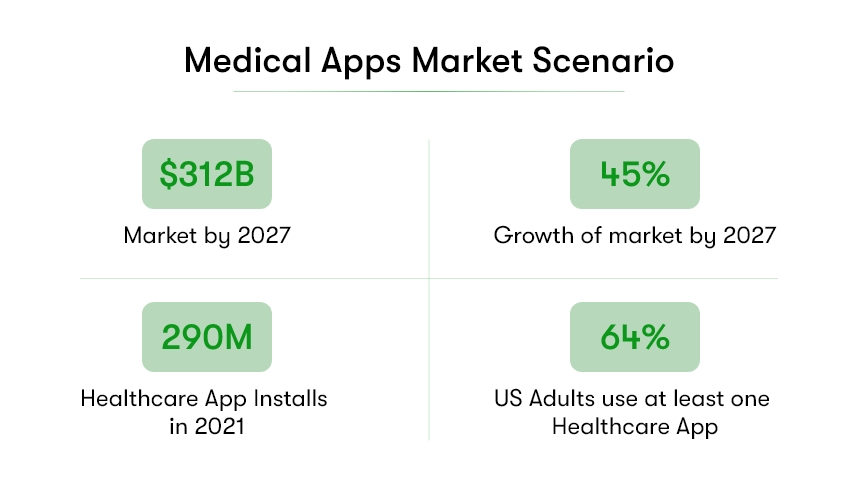
In this blog, we’ll delve into the key reasons why Flutter stands out as an exceptional option for crafting healthcare-focused mobile applications. We’ll explore how Flutter’s cross-platform nature, rich UI capabilities, and rapid development cycle align perfectly with the requirements of the healthcare industry.
So, whether you’re a healthcare provider, a developer, or are simply researching for healthcare app development ideas, read on to discover the benefits of adopting Flutter for your next healthcare mobile app project.
Why Choosing the Right Technology Stack is Critical for Medical Apps
Selecting the right technology stack lays the foundation for a successful healthcare mobile app. In the realm of healthcare, where accuracy, security, and seamless user experience are non-negotiable, the technology you opt for can significantly impact the app’s performance and user satisfaction.
Precision and Reliability:
Healthcare apps deal with critical data, from patient records to treatment plans. A robust technology stack ensures that data accuracy is maintained, reducing the risk of errors that could have serious consequences.
For instance, consider a telemedicine app where a doctor remotely diagnoses a patient’s condition based on video consultations. The technology stack should be capable of ensuring that the transmitted data is accurate and reliable, reducing the risk of misdiagnosis.
Security and Compliance:
The healthcare sector demands stringent data security and compliance with regulations like HIPAA. A suitable technology stack should offer encryption, secure data transmission, and user authentication features.
Think about a medication tracking app that stores sensitive patient information. The technology stack used to develop this app should without fail have user authentication features, data encryption and secure data transmission to safeguard this private data.
User-Centric Design:
Healthcare apps must be user-friendly and intuitive, catering to a diverse range of users with distinct age groups who could be anyone from patients, doctors, and administrative staff.
For example, in a patient appointment scheduling app, elderly users should find it easy to navigate and book appointments.
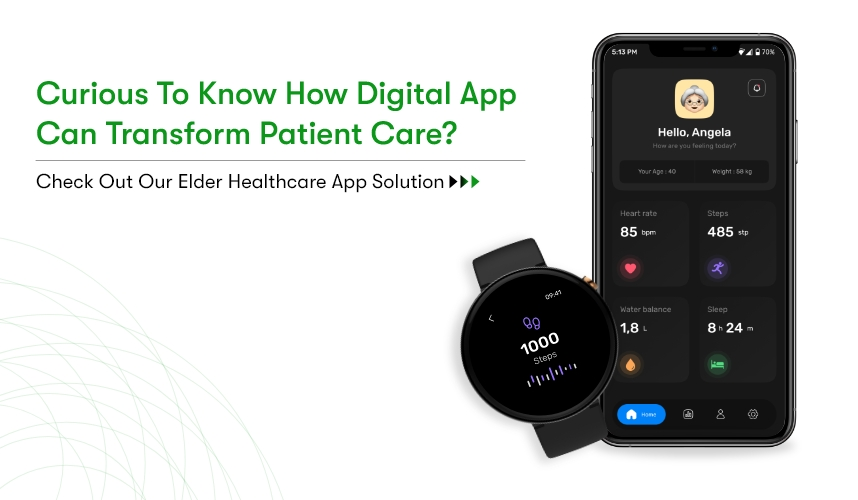
Scalability and Future-Proofing:
As healthcare apps evolve, scalability becomes crucial to accommodate growing user bases and new features. A technology stack that supports seamless scalability ensures your app can adapt to changing demands.
For example, consider a health monitoring app that collects data from wearable devices for thousands of users. As the user base grows, the app’s infrastructure must handle increased data load.
Development Efficiency:
Medical app development often operates under tight schedules. A technology stack that allows for rapid development accelerates the time-to-market without compromising quality.
Imagine creating an emergency medical assistance app that connects users with nearby medical facilities. The technology stack should have the capability to make real-time code changes and deploy updates swiftly so that there is no down time for the emergency service application.
To understand why Flutter serves as the optimal technology stack for medical app development, let’s begin by gaining a concise overview of what Flutter actually entails.
What is Flutter?
Flutter, developed by Google, is an open-source SDK for building mobile, desktop, and web apps using a unified codebase. Unlike traditional frameworks or libraries, Flutter functions as a UI development toolkit, creating cross-platform apps with native performance across various devices and OSs, including Android, iOS, Linux, macOS, and Windows.
Flutter is also amongst the emerging technology stacks for digital transformation in many industries including healthcare. If you are looking to upgrade your healthcare organization you must read: Upgrading your Healthcare Organization in 2023
Less than two years after its release, Flutter had approximately 2 million users. It demonstrates the vast potential of Flutter applications in 2023.
Flutter Features that Make it an Ideal Choice for Healthcare Medical App Development

Flutter, renowned for its user-friendliness, is not only embraced by Google for its own projects like Google Assistant and various UIs but also serves as an accessible toolkit for developers. The ease of learning the Dart programming language, coupled with Flutter’s intuitive nature, ensures a seamless transition for software engineers, thereby cultivating a steady pool of skilled specialists.
One of the compelling attractions of Flutter, especially for healthcare applications, lies in its UI modules that adhere to essential web application design standards. Let’s delve into how these features make Flutter a prime choice for crafting medical apps that prioritize user experience and simplicity.
UI Coding and Widgets: Streamlining Patient Engagement and Data Visualization
In the realm of healthcare, where quick access to patient information and seamless user interaction are vital, Flutter excels with its UI coding prowess and versatile widgets. Let’s uncover how these features translate into tangible benefits for healthcare applications:
Efficiency in Data Access:
Flutter’s pre-built tools and swift UI coding streamline the process of retrieving patient information and medical notes. This translates into a smoother user experience for healthcare professionals.
Enhanced User Engagement:
The fast UI code of Flutter ensures that healthcare apps respond promptly to user interactions, fostering a more engaging and interactive experience for patients and medical practitioners alike.
Real-time Symptom Tracking:
With Flutter-powered healthcare apps, patients can conveniently input their symptoms. The app offers live visual updates of their health changes, making it easier for patients to stay connected with their own well-being.
Practical Example: Asthma Monitoring
Imagine a patient with asthma using a Flutter-based healthcare app. This application allows them to record daily symptoms like coughing or shortness of breath. Utilizing the data, the app generates insightful charts and graphs that track the frequency and severity of symptoms over time.
By employing Flutter’s UI coding and widget capabilities, the healthcare app helps patients with asthma identify patterns, understand triggers, and communicate these observations with their healthcare providers. This seamless interaction empowers patients to actively manage their condition, fostering a collaborative and informed approach to healthcare.
From accelerating data access to fostering patient engagement, Flutter’s UI coding and widgets contribute significantly to the creation of healthcare apps that prioritize user experience and facilitate effective communication between patients and medical professionals.
Dart Language: Enabling Seamless Cross-Platform Functionality
The Dart programming language serves as a cornerstone of Flutter’s capabilities, particularly in the context of healthcare app development. Let’s explore how Dart’s cross-platform potential and user-friendly attributes enhance the healthcare experience:
Cross-Platform Efficiency:
Dart empowers developers to create a single set of code that operates seamlessly on both Android and iOS devices. This cross-platform compatibility ensures that healthcare apps can be accessed and utilized across various devices, simplifying the user experience.
Familiar Layouts:
The user-friendly layouts achievable with Flutter health mobile apps, driven by Dart, offer a sense of familiarity to users. This intuitive design not only enhances usability but also reduces the learning curve, allowing medical professionals to spend more time caring for patients.
Time-Saving Convenience:
Dart’s contribution to easy-to-use layouts translates to efficient app navigation. This saves valuable time for healthcare practitioners, enabling them to focus more on patient care and less on grappling with app usage.
Practical Application: Electronic Health Records (EHR) Systems:
Flutter’s synergy with Dart finds significant utility in healthcare applications such as Electronic Health Records (EHR) systems:
Unified Patient Information: Flutter’s capabilities allow developers to create EHR systems that centralize patient medical information. This consolidation streamlines the process of tracking, updating, and sharing patient data across different departments, reducing manual errors and enhancing collaboration.
Security and Compliance: Dart’s emphasis on security ensures that patient information remains private and compliant with healthcare regulations. The robust and stable code instills confidence in healthcare providers, knowing that sensitive data is well-protected.
Performance Optimization: Dart’s Ahead-of-Time (AOT) and Just In Time (JIT) processing capabilities elevate the performance of medical apps. This optimization ensures that healthcare apps operate as smoothly as native counterparts, facilitating quick and efficient data communication and processing.
Hot Reloading: Empowering Real-Time Customization
One of the distinctive advantages of Flutter is its “hot reload” functionality, which brings dynamic adaptability to healthcare app development. Let’s explore how this feature enriches the development process and enhances the user experience:
Effortless Adjustments:
Flutter’s “hot reload” feature allows developers to make instant changes to the app’s interface and functionality. This facilitates on-the-fly adjustments, enabling developers to explore various design ideas and witness their impact in real time.
Iterative Testing:
For a Flutter healthcare app, “hot reload” offers a sandbox-like environment for testing different approaches. Developers can experiment with UI elements, user interactions, and functionalities, fostering rapid iteration and refinement.
Streamlined Healthcare Processes:
By enabling swift modifications and updates, “hot reload” supports the optimization of healthcare workflows. This benefits medical practitioners, as it allows for easy customization of the app’s interface and functionality to match their specific requirements.
Improved Patient-Caregiver Interaction:
The feature also bridges the gap between healthcare providers and patients. Customizable displays ensure that pertinent patient information is readily accessible to both parties, facilitating informed discussions and enhancing patient-centric care.
Internationalization and Accessibility: Breaking Language Barriers for Global Healthcare
Flutter’s built-in features for internalization and accessibility play a pivotal role in expanding your medical app’s reach and ensuring effective communication.
Traditionally, expanding app reach to different regions involves adding language support and regional features. Flutter simplifies this complex process by offering built-in internationalization features, allowing healthcare apps to be easily adapted for use in various parts of the world.
Seamless Translation:
Flutter’s internationalization feature empowers developers to create healthcare apps that can be effortlessly translated into multiple languages.
For instance, imagine a healthcare app that a patient in Japan can use in their native language, even though the app was originally developed in English. This enables healthcare providers to communicate with patients in their preferred language, fostering better patient engagement and understanding.
Dart International Package:
Flutter’s integration with the Dart intl. package streamlines the internationalization process. Supporting 78 languages, time zones, currencies, and more, this package ensures that healthcare apps can cater to a diverse global audience.
Remote Consultations:
The internationalization feature has a profound impact on telehealth apps. Healthcare providers can offer remote consultations to patients in different countries, ensuring consultations are conducted in the patient’s preferred language. This accessibility boosts patient engagement and satisfaction.
Layered Architecture Efficiency: Structured Adaptability for Healthcare Apps
Flutter’s layered architecture offers a strategic advantage in healthcare app development, allowing for organized modification and focused enhancements. Here are a few ways this architecture enhances the agility and scalability of healthcare apps:
Targeted Feature Development:
The layered architecture in Flutter divides the app into well-organized sections. This segmentation empowers developers to concentrate on specific features without inadvertently affecting the entire app. In the dynamic field of healthcare, this focused approach is crucial for accommodating evolving technologies and practices.
Adaptability and Expansion:
Healthcare is ever-evolving, with new technologies and practices continually emerging. Flutter healthcare apps are built with a layered architecture that enables seamless adaptation and expansion. This architecture facilitates the integration of new functionalities and accommodates future enhancements.
Efficient Data Handling:
Flutter empowers developers to manage data efficiently, including background data processing, serialization and deserialization of JSON data, and working with structured data using SQLite. This capability enhances the app’s ability to handle complex healthcare data scenarios.
Flutter vs. Other Technologies: Is Flutter Better for Medical Apps?
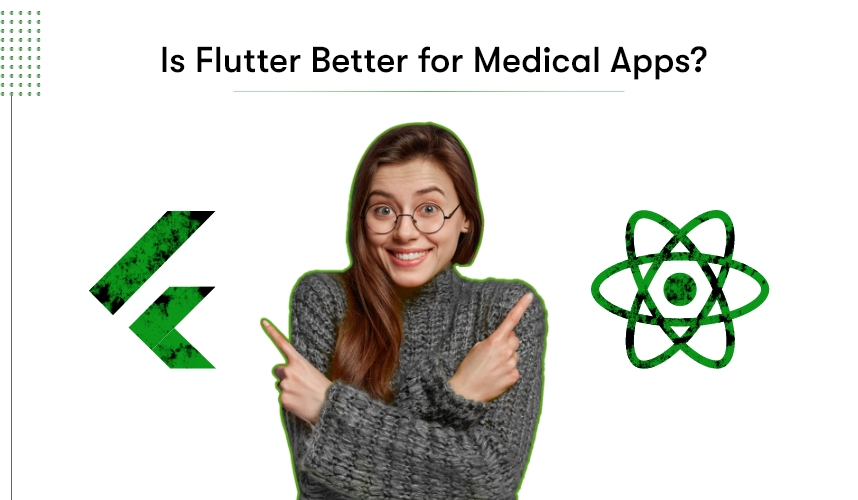
Flutter healthcare apps stand out prominently when compared to other technologies. One of the key factors is due to its features specially crafted to meet the particular requirements of the healthcare sector.
| Flutter | React Native | Xamarin | |
| UI Components | Widget-Based Architecture | Native UI components | Native UI components |
| Supported Platforms | iOS, Android, Web | iOS, Android | iOS, Android, UWP |
| Programming Language | Dart | JavaScript | C# and .NET |
| Performance Optimization | Efficient Compilation with AOT, and JIT | Requires performance optimization | Requires performance optimization |
How does Flutter stand out?
Many of the world’s biggest businesses have used Flutter to make apps that are ahead of their time. As of May 2023, the Flutter Medium feed said that more than 1 million apps had used Flutter.
With time, Flutter’s popularity among healthcare apps is growing. Flutter healthcare apps make it easy for your organization to run smoothly.
Naturally, Xamarin and React Native are more than adequate platforms on which to build a healthcare app. Flutter for healthcare applications, however, offers ease and simplicity that other platforms cannot match.
Create Complex User Interfaces with Peak Performance
It only makes sense that a healthcare app you create would be complex and have an engaging user interface. Flutter provides seamless interactions, in contrast to React Native and Xamarin, where complicated interfaces hinder app processes. Flutter healthcare apps give top performance in addition to making it visually appealing.
Real-World Impact: Pfizer’s Innovative Approach
For example, by using Flutter’s features, Pfizer has come up with a new way to teach healthcare workers about medicines and how to use them. The interactive sections, 3D graphics, and virtual models in the app provide a way to learn that is more engaging than standard methods.
Pfizer’s medical training app works better because Flutter can make user interfaces that are easy to use. This helps healthcare workers understand complicated details and processes better. As the app is dynamic, users can connect with virtual situations, which helps with hands-on learning and understanding.
Develop the App Faster
In the ever-evolving landscape, Flutter emerges as your time-saving ally, setting it apart from Xamarin and React Native. Its adaptive, swift toolbox positions you ahead of developments, saving crucial time.
Flutter’s cross-platform prowess is a game-changer. Simultaneously delivering flawlessness on iOS and Android, it eliminates the need for platform-specific rebuilds, translating into substantial time efficiencies.
Real-World Impact: Corona Warn App, Germany
Consider the German government’s response to the Covid-19 pandemic—the “Corona-Warn-App.” Urgent times demanded rapid yet effective action. Flutter proved instrumental in expediting the app’s creation, facilitating prompt exposure alerts, contact tracing, and pandemic control.
Flutter’s unique blend of widgets and hot reload functionality elevates its prowess, making it ideal for pragmatic scripting, testing, and debugging. The result? A swift, efficient, and impactful solution that united Germany in fighting Covid-19, underscoring Flutter’s rapid deployment without compromising user experience.
Optimized App Performance
In React Native, the JavaScript bridge can act as a data transmission bottleneck, causing occasional delays. Flutter healthcare apps eliminate this hurdle, ensuring seamless performance and instant responsiveness crucial in healthcare scenarios.
Flutter excels in eradicating latency issues, enhancing user experiences for medical professionals and patients. With no JavaScript bridge, interactions occur instantaneously, enabling swift access to health data and real-time information.
Real World Impact: Doctor Anywhere
Consider Doctor Anywhere, a telehealth platform breaking geographical barriers through Flutter. Seamless video calls and medical consultations empower users across Southeast Asia. Flutter’s cross-platform prowess ensures a uniform, user-friendly experience on Android and iOS, expanding the reach of telehealth services.
Flutter’s outstanding performance transforms virtual healthcare experiences. Doctor Anywhere’s success story demonstrates Flutter’s capability to enhance engagement, accessibility, and security in virtual medical appointments.
Choose Flutter for Healthcare: How can Kody Technolabs help?
Flutter, an adaptable SDK, ushers in a new era of patient care, medical education, and operational efficiency. It equips you to craft user-centric, cross-platform apps that foster connections, enhance communication, and simplify processes.
At Kody Technolab, we’re your steadfast companion on your Flutter journey. Our expertise spans every development phase, be it launching a telehealth platform, devising diagnostic tools, or creating patient-centric apps. Our proficiency in harnessing Flutter for healthcare ensures not only meeting industry benchmarks but surpassing them.
Explore how we can collaboratively create exceptional products poised for market success. Connect with us today to discover the possibilities.

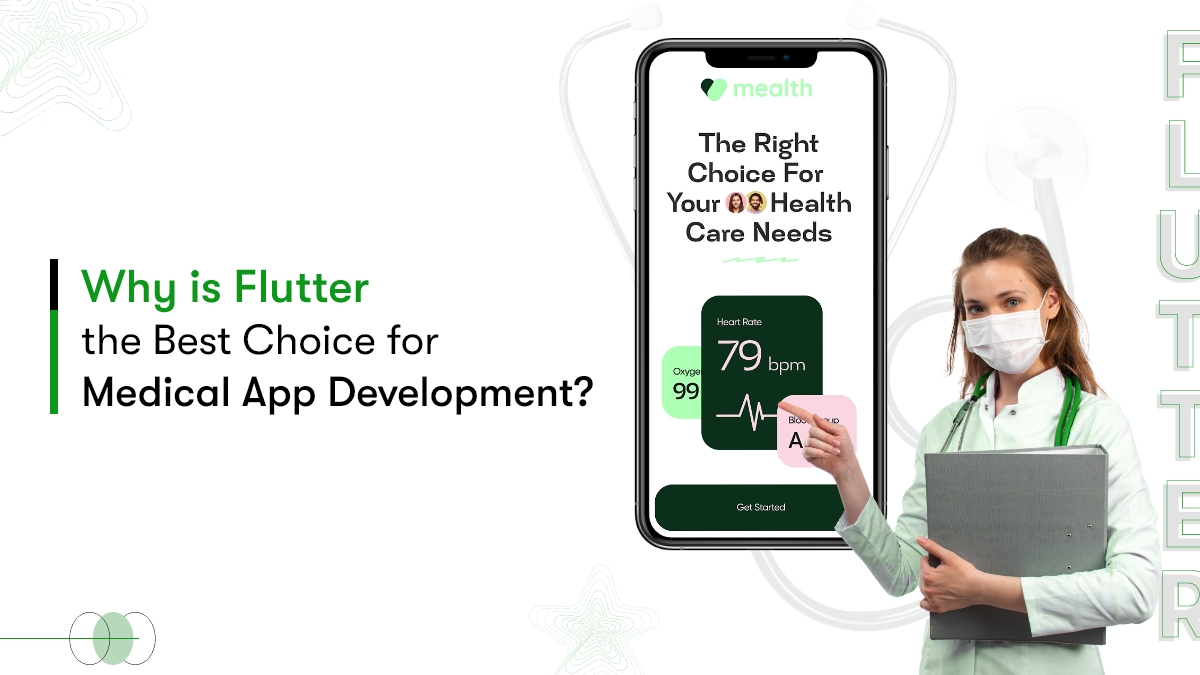

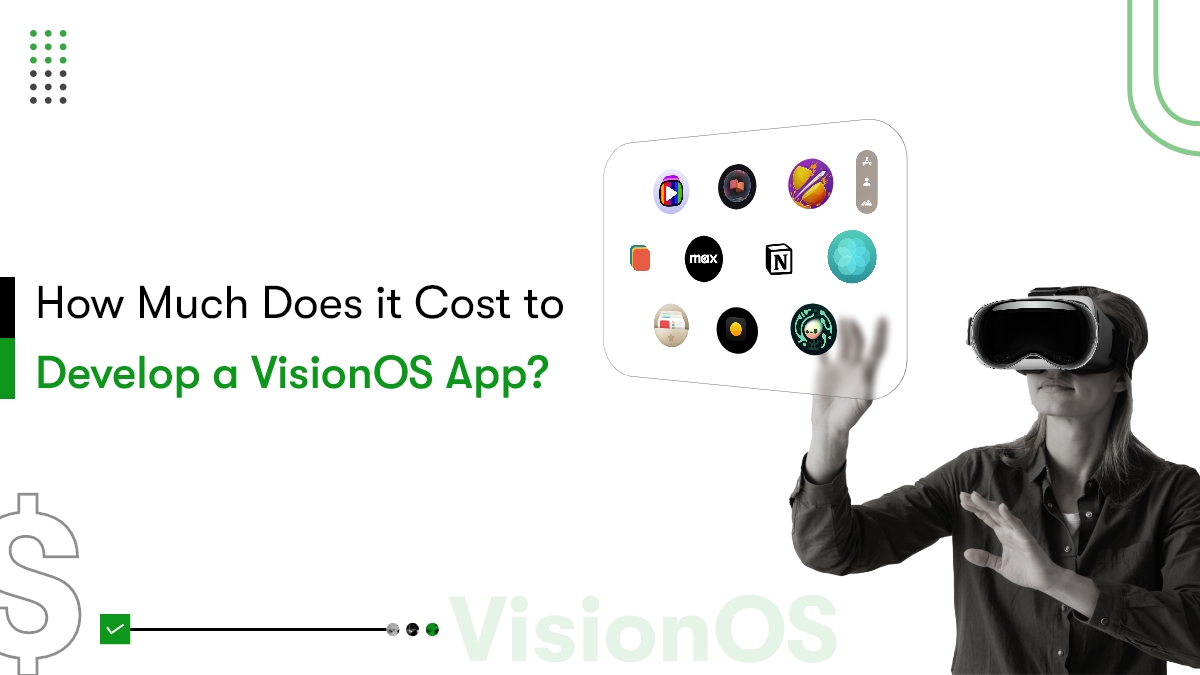
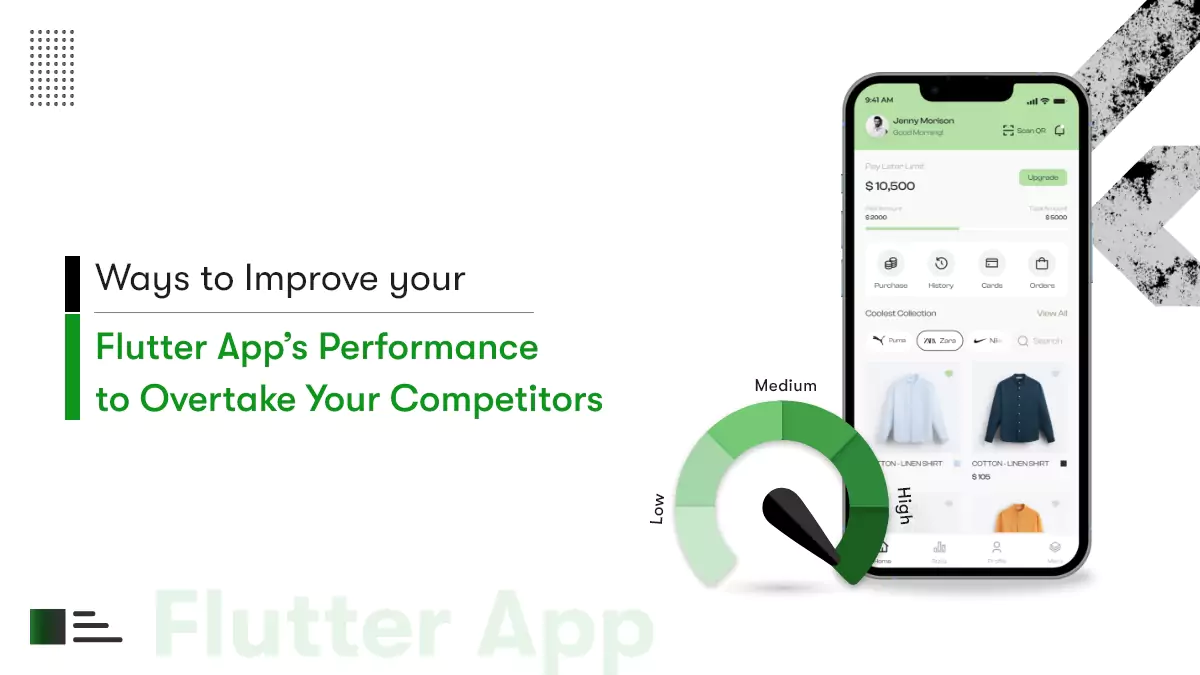
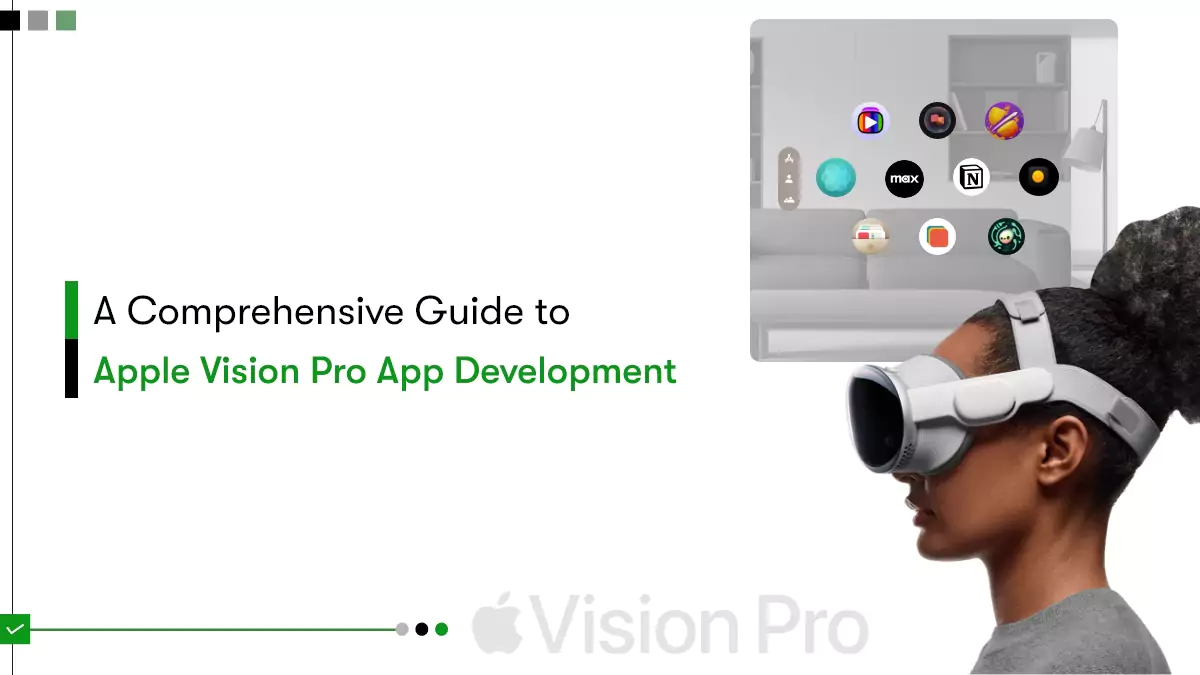
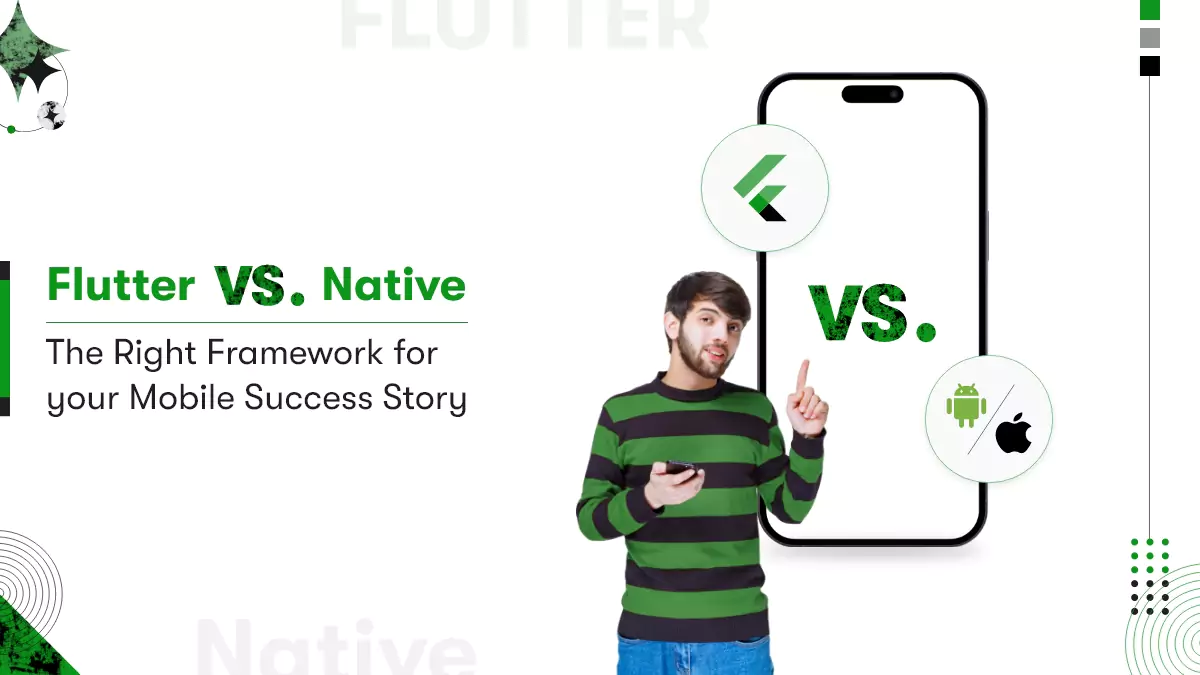





 Contact Information
Contact Information